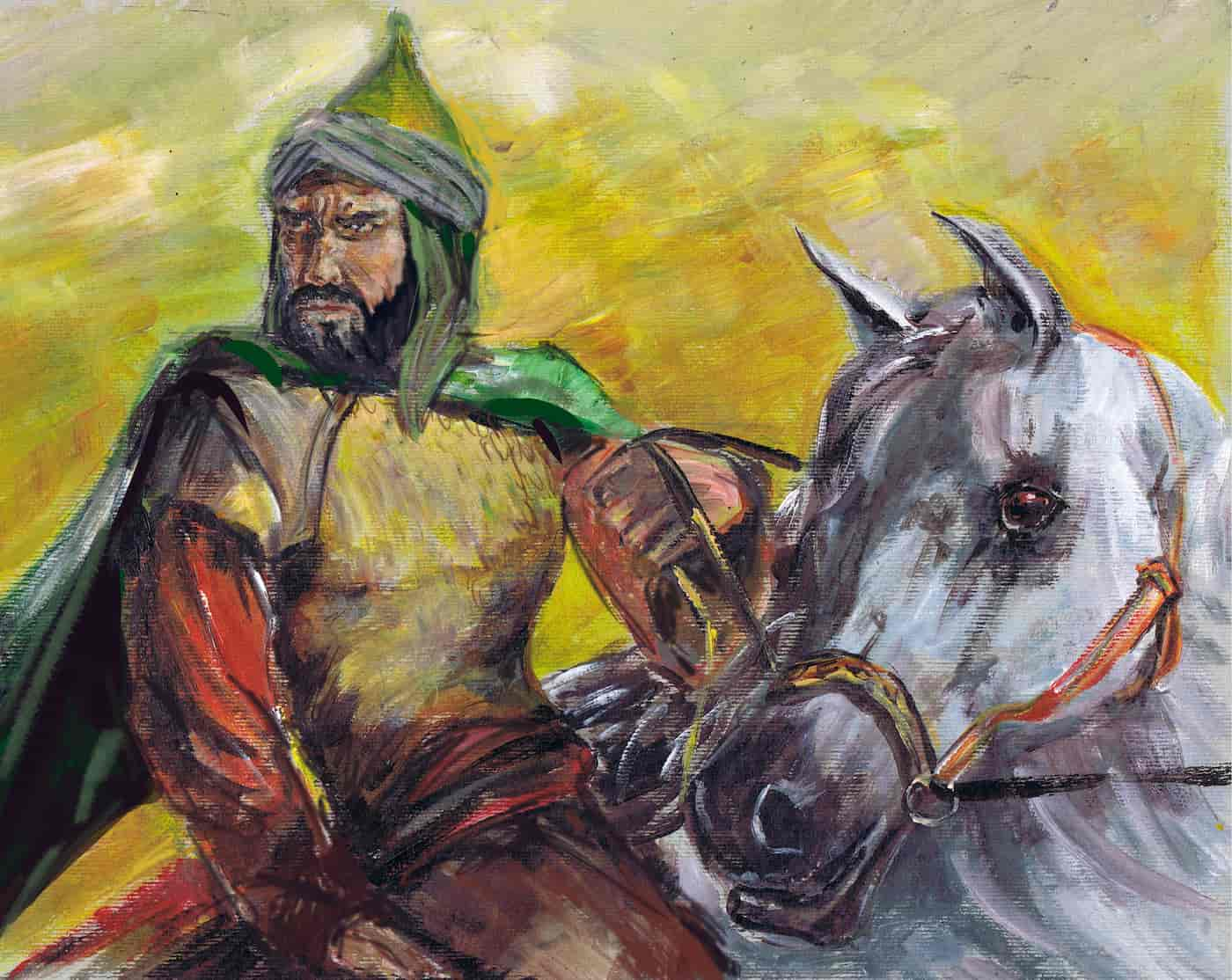Salahuddin Ayyubi | Facts From Birth Till Saladin Died 🐎⚔️
Historical records show that Saladin achieved both military triumphs and gained fame as a protector of justice and humility. Modern society recognizes him as the victorious Muslim leader who managed to defeat the Crusaders to regain control of Jerusalem. Throughout history, Saladin has represented three essential qualities: chivalry, humility, and justice during a period when warfare usually revealed the darkest aspects of human nature. To grasp Salahuddin Ayyubi fully, we need to investigate his personality traits because they attracted followers instead of examining only his military conquests. So Who is Saladin? Read all facts from his birth till Saladin died.
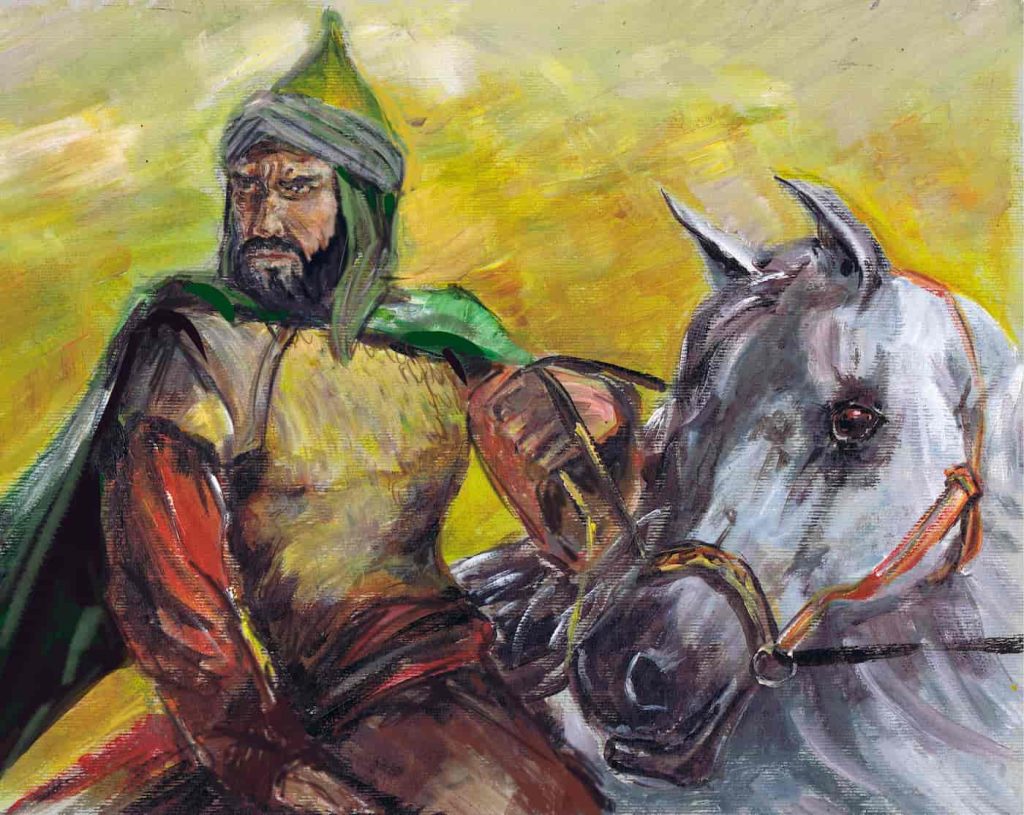
Saladin Ayyubi
Saladin was born in 1137 CE in Tikrit, which is present-day Iraq, without any sign that he would later rule as king or conqueror. The Kurdish officer’s son grew up in Damascus, where he developed strong interests in learning as well as poetry and theological studies. A young man from modest origins became the ruler of Egypt and Syria and established the Ayyubid dynasty, and gained his reputation as a prominent Muslim leader who fought against European monarchs during the Salahaddin Crusades.
The Early Days: A Student Before a Soldier
During his initial years, Saladin devoted himself to studying instead of military action. His dedication during that time focused on reading the Quran together with Islamic legal studies and Arabic literary works. During his early years, Saladin received fame for his intellectual talents rather than his combat skills or physical prowess because of his composed nature. The main reason Saladin joined the military under General Shirkuh was because of family ties instead of personal ambition.
At thirty-one years old, Shirkuh led a victorious Egyptian campaign, which resulted in Saladin receiving the position of Vizier of Egypt in 1169. At that time, he entered a territory that suffered from both political turmoil and intense religious conflicts because the Shi’a Fatimid Caliphate had ruled for centuries. Saladin brought an end to the Fatimid regime before establishing Sunni rule in Egypt and establishing ties with the Abbasid Caliphate in Baghdad. After deciding to unite the Muslim world under one banner, Saladin began his quest for unification.
After deciding to unite the Muslim world under one banner, Saladin began his quest for unification.
The Road to Unity and Leadership
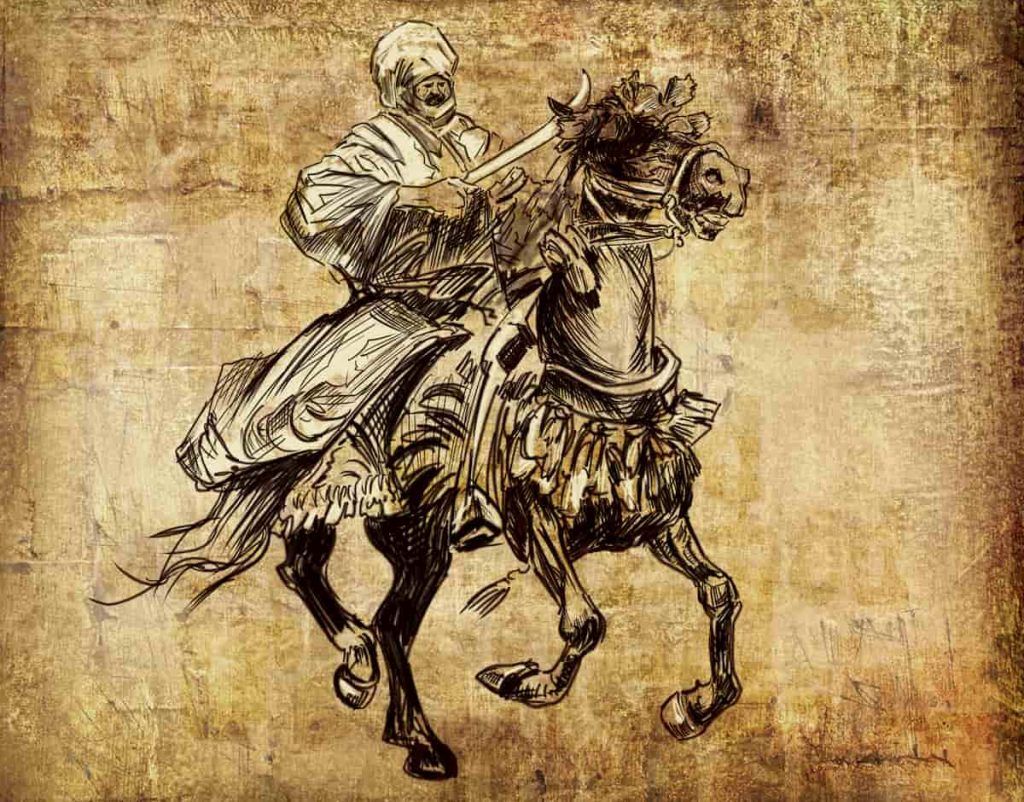
Nur al-Din Mahmud bin Zangi
The death of Nur ad-Din Zangi in 1174 left Saladin without his ruler and mentor thus creating a power vacuum that endangered the fragile Muslim world unity. Saladin took advantage of the situation because he sought to prevent Muslim divisions which threatened the region from Crusader attacks.
Saladin achieved Egypt’s unification with Syria and Hijaz (Mecca and Medina) and Yemen, and parts of Iraq under his rule through ten years of diplomatic and military efforts. The Crusaders were not the only opponents Saladin faced because other Muslim leaders resisted his rule. He kept his efforts alive through well-designed plans and progressive approaches to achieve his unified vision that transcended tribal and ethnic conflicts.
He wasn’t building an empire; he was preparing a defense of the Islamic heartland.
Salahuddin Ayyubi Crusades: A Battle for Faith and Justice
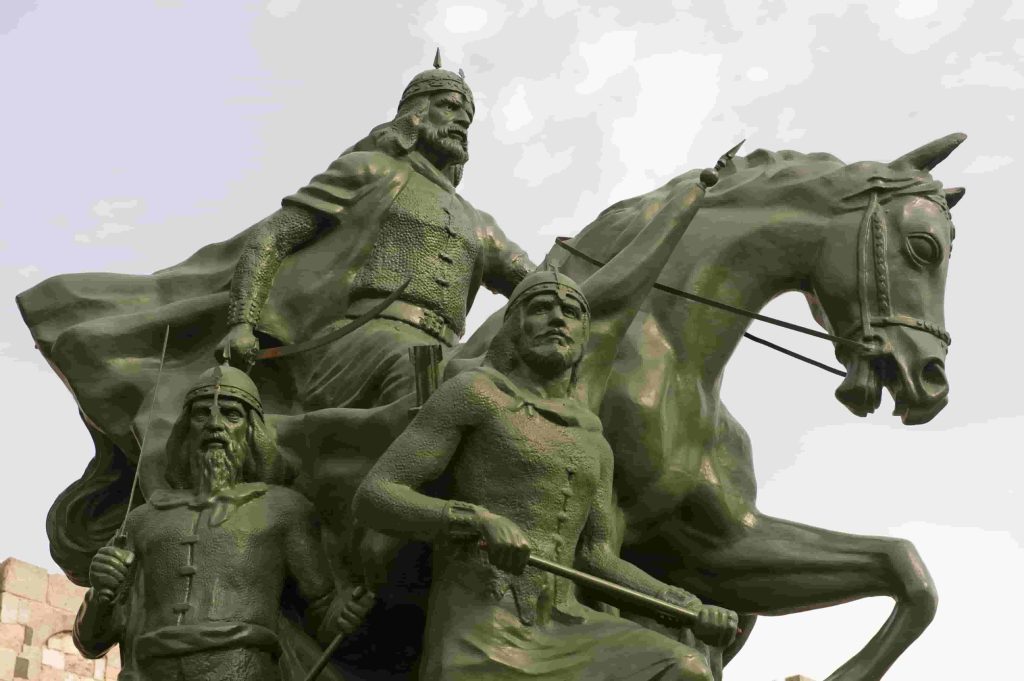
Salahaddin Crusades
The Holy Land had been under Crusader control for almost 90 years when Saladin established his rule. The First Crusade led European monarchies to capture Jerusalem in 1099 while Muslim and Jewish populations faced mass killings during the siege.
Saladin made his mission to reclaim Jerusalem from Muslim control without seeking vengeance or causing bloodshed. During the medieval period, he implemented ethical warfare methods, which were an unusual occurrence.
The Battle of Hattin in 1187 became the most important clash of the Salahaddin Crusades when Saladin led his forces to defeat the Crusader armies. Saladin used his military genius to lead Crusaders into the hot plains of Galilee before cutting off their water access and trapping them in a circle. King Guy of Lusignan, along with Raynald of Châtillon, became among the numerous Crusader leaders who fell into Saladin’s capture.
Saladin’s next move would define him not just as a general but as a man of character.
The Liberation of Jerusalem
Saladin entered Jerusalem on October 2, 1187, as a liberator rather than a conqueror. The contrast between Saladin’s order to protect Christian civilians and the brutal Crusader siege from earlier times was evident during his entry into the city.
Churches were preserved. Families who wanted to depart the city safely needed to pay a small ransom. The poor were released without payment. Women and children received respectful treatment from him. The actions of Saladin exceeded political necessity because they demonstrated his leadership principles.
His enemies were left amazed by his merciful nature. William of Tyre and other Christian chroniclers expressed their admiration for him through their writings. Richard the Lionheart showed such respect for Saladin that he sent him fresh fruit and snow for cooling drinks and a personal doctor when Richard became ill.
Salahuddin Ayyubi and Richard: Warriors with Honor
The Third Crusade (1189–1192) witnessed the most historic conflict between Saladin and Richard the Lionheart. The two armies fought several battles at Acre and Jaffa, but Saladin maintained control of Jerusalem. The warriors expressed deep respect for each other without ever meeting in person. The two leaders exchanged written correspondence, together with presents and family marriage proposals, which failed to lead to any union. The Treaty of Jaffa established Christian pilgrims’ freedom to enter Jerusalem under Muslim authority. A truce emerged through mutual respect between two noble enemies, in addition to political agreements
Salahuddin Ayyubi’s Wife and Family Life
Salahuddin Ayyubi’s public accomplishments hid his personal life, which showed both his simple nature and his strong religious faith. The wife of Salahuddin Ayyubi is believed to be Ismat al-Din Khatun, who came from Syria. Before marrying Saladin, the noblewoman had already been married to Nur ad-Din and later married Saladin, possibly through a political arrangement. Saladin ruled over a vast empire, yet he chose to maintain a simple lifestyle in his home. Saladin made sure all his children received instruction in religion as well as ethics and governance principles. He did not live in luxury. His palaces were simple. His clothes were plain. The food he consumed was no different from what his soldiers ate. According to reports, he provided his medical services and financial resources to help those who were ill and in need.
The Saladin Citadel: A Fortress of Faith and Defense
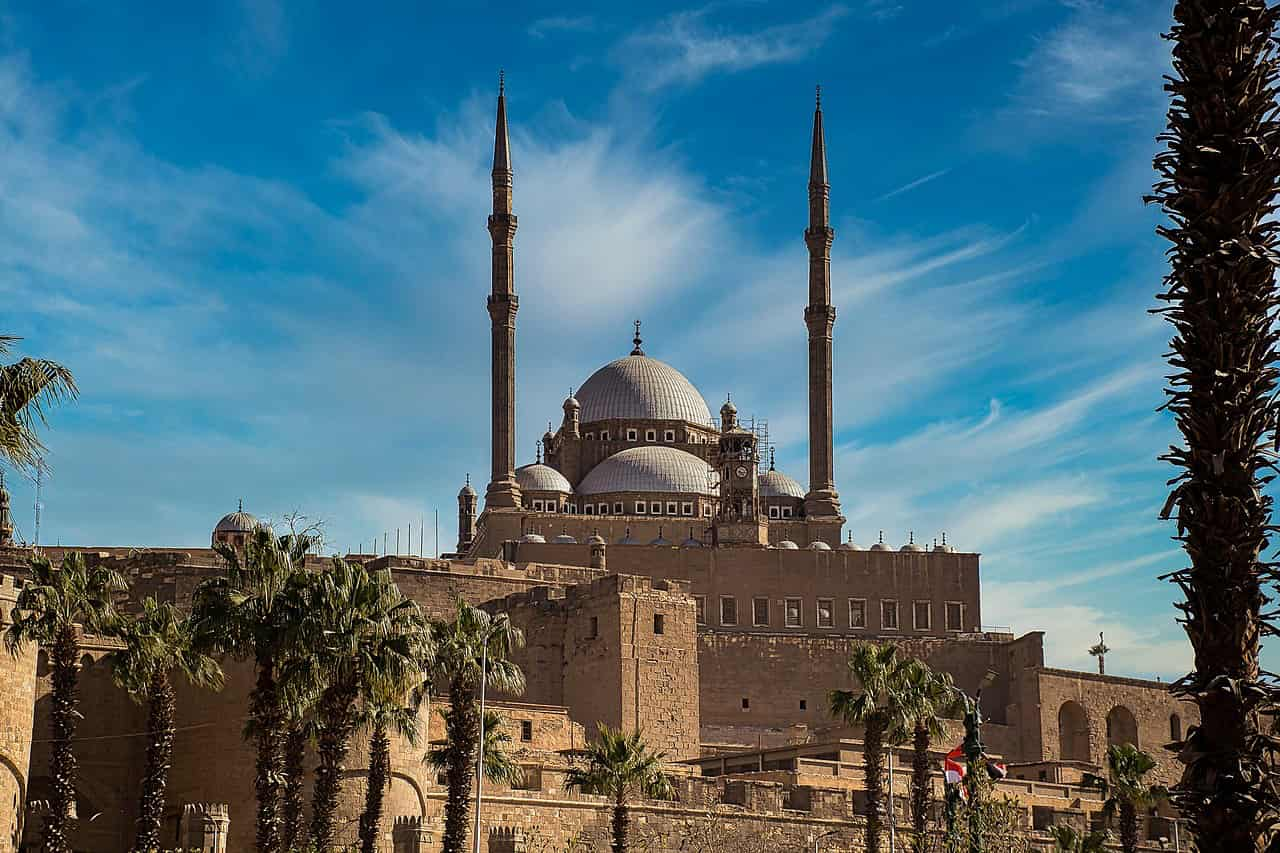
Citadel of Saladin
The Saladin Citadel (or Citadel of Cairo) stands as a lasting monument to his legacy because it represents a massive medieval fortress in Cairo, Egypt, which Saladin built during the late 12th century.
The Saladin Citadel sits atop the Mokattam Hills to fulfill three main purposes.
Serve as a defensive stronghold against Crusader invasions.
Provide a secure residence for future rulers.
House mosques, barracks, and administrative offices.
The Citadel embodied Saladin’s vision beyond military conquest since he established it to build a lasting state. The Saladin Citadel stands today as one of Cairo’s most recognizable landmarks and represents his enduring wisdom.
How did Salahuddin Ayyubi Die?
Saladin’s long period of warfare and governance, along with his diplomatic efforts, ended in a decline of his health. His illness began in February 1193 because of exhaustion that had built up from years of continuous pressure. He died in Damascus on March 4th, 1193, at the age of 56.
Despite ruling a vast empire, he died nearly penniless. Why? Through his charitable actions, he distributed all his wealth to construct hospitals and support scholars, and provide aid to needy individuals. The advisors who examined his treasury found only enough money to cover his funeral expenses.
A simple tomb beside the Umayyad Mosque in Damascus became his final resting place. A German emperor from the distant future provided a marble sarcophagus as an act of respect for him. A wooden coffin remains next to the marble sarcophagus because it symbolizes his humble and outstanding nature.
Legacy: More Than a Warrior
The significance of Salahuddin Ayyubi extends beyond his territorial conquests and official positions. History records his accomplishments through the affection he earned from others and the lives he preserved, along with the moral values he maintained.
The Muslim world achieved unity through his leadership at a time when divisions threatened to tear it apart.
He protected Jerusalem through both military defense and merciful conduct.
Through his respectful conduct toward enemies, he established an exemplary standard of noble warfare.
During his life, he practiced simplicity and charity until his passing while possessing less wealth than he had ruled over.
Throughout the Muslim world, you can find educational institutions, healthcare facilities, public roads, and higher learning institutions named in his honor. Through education, students learn from history to understand the qualities of ethical leadership and spiritual strength, along with moral integrity.
Conclusion
Saladin remains an eternal figure in Islamic history because of his military victories against the Crusaders and his recovery of Jerusalem, as well as his noble character and his tolerant religious views. He demonstrated leadership through his military strength and his religious tolerance, and his high moral character. Saladin demonstrated leadership through his ability to unite strength with mercy and firmness with humility and faith with action. His life story continues to inspire new generations of leaders even though he passed away many centuries ago.

